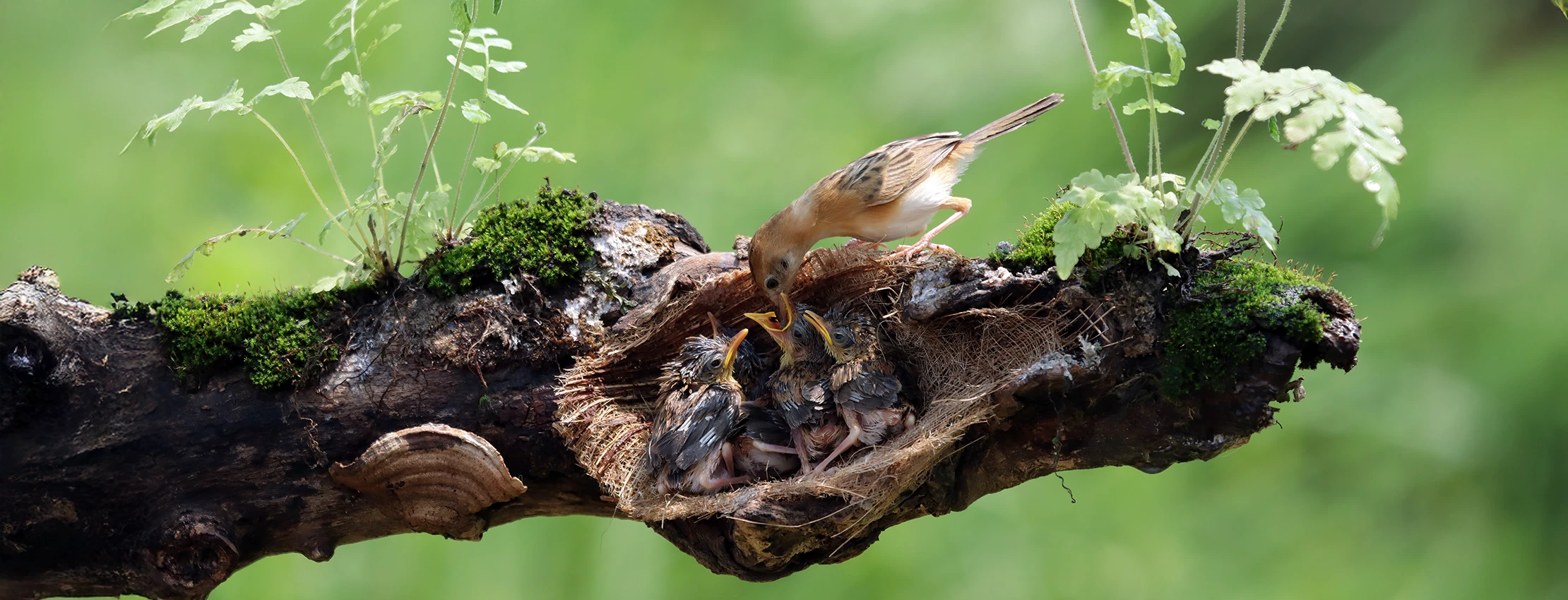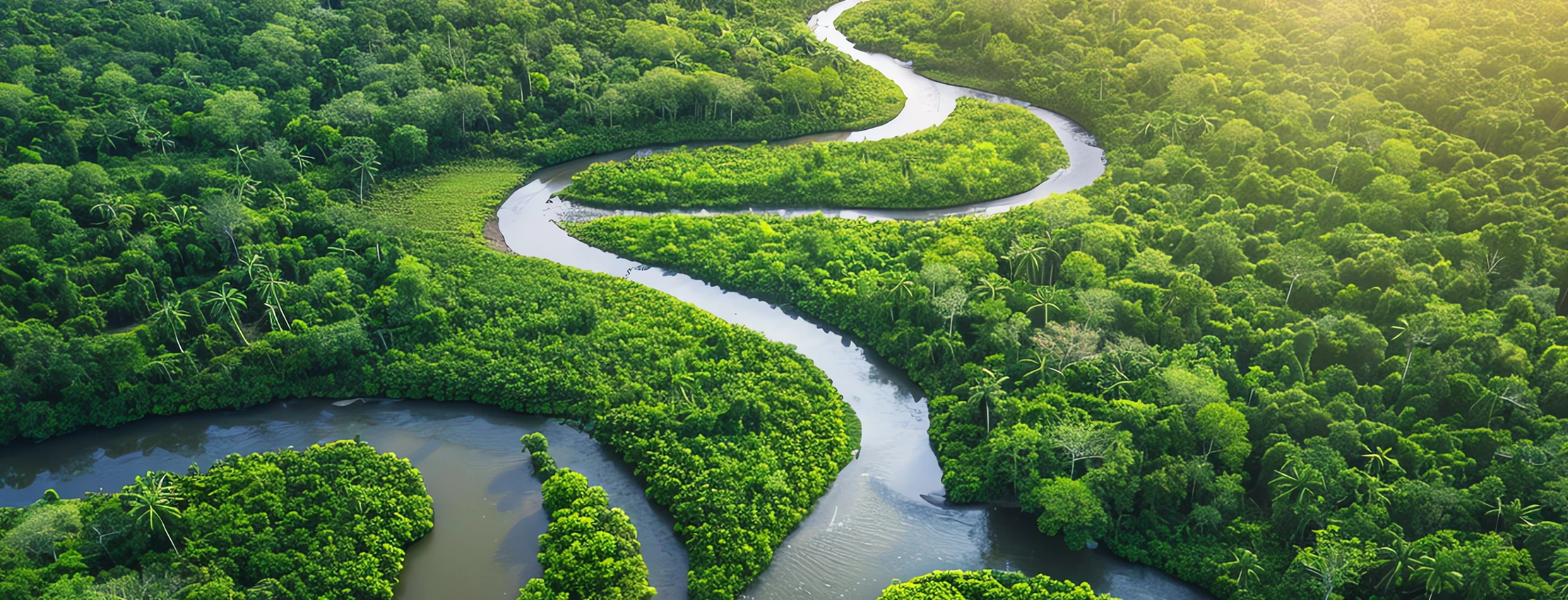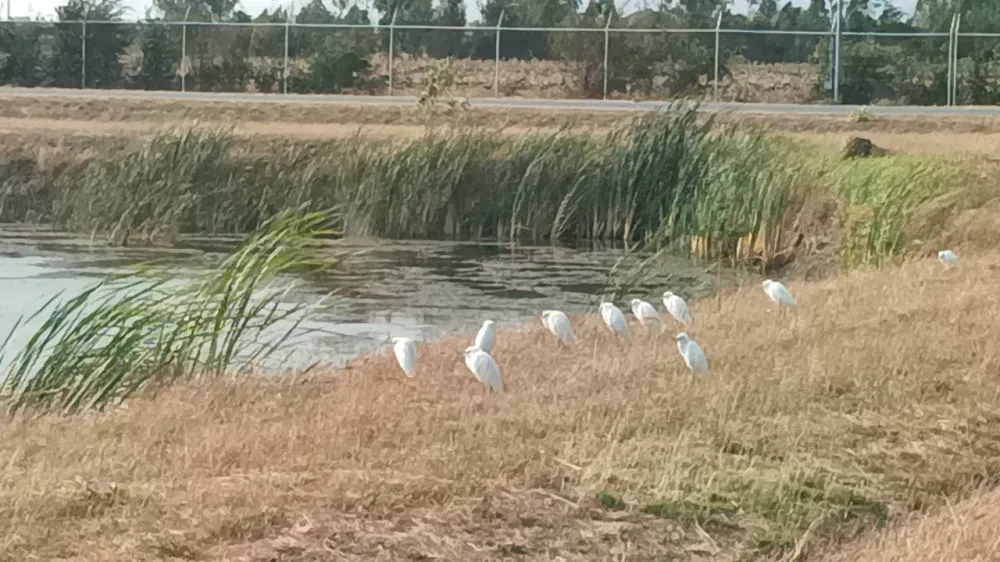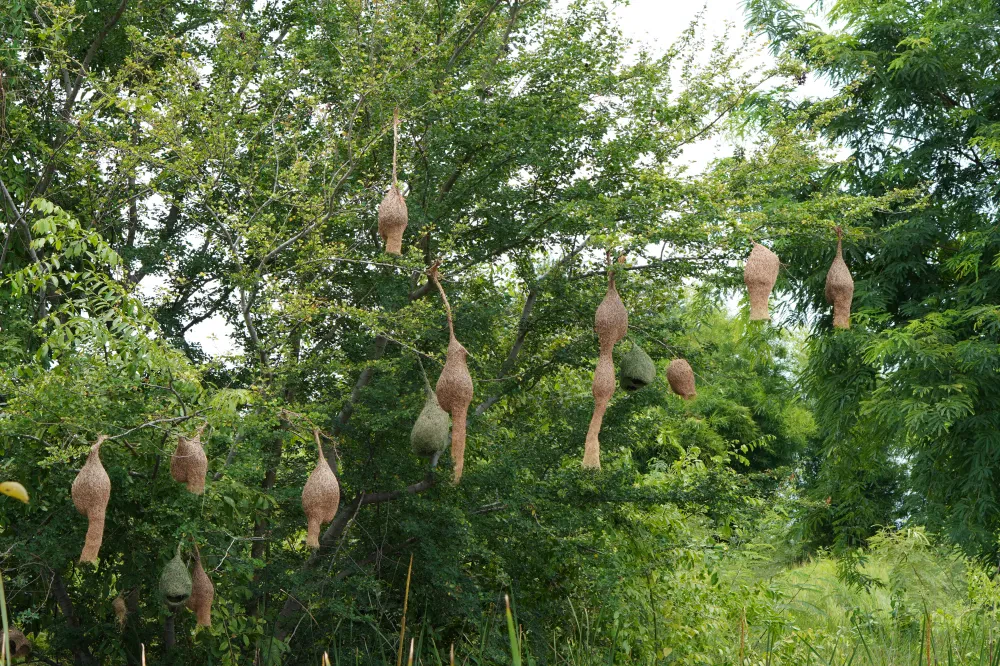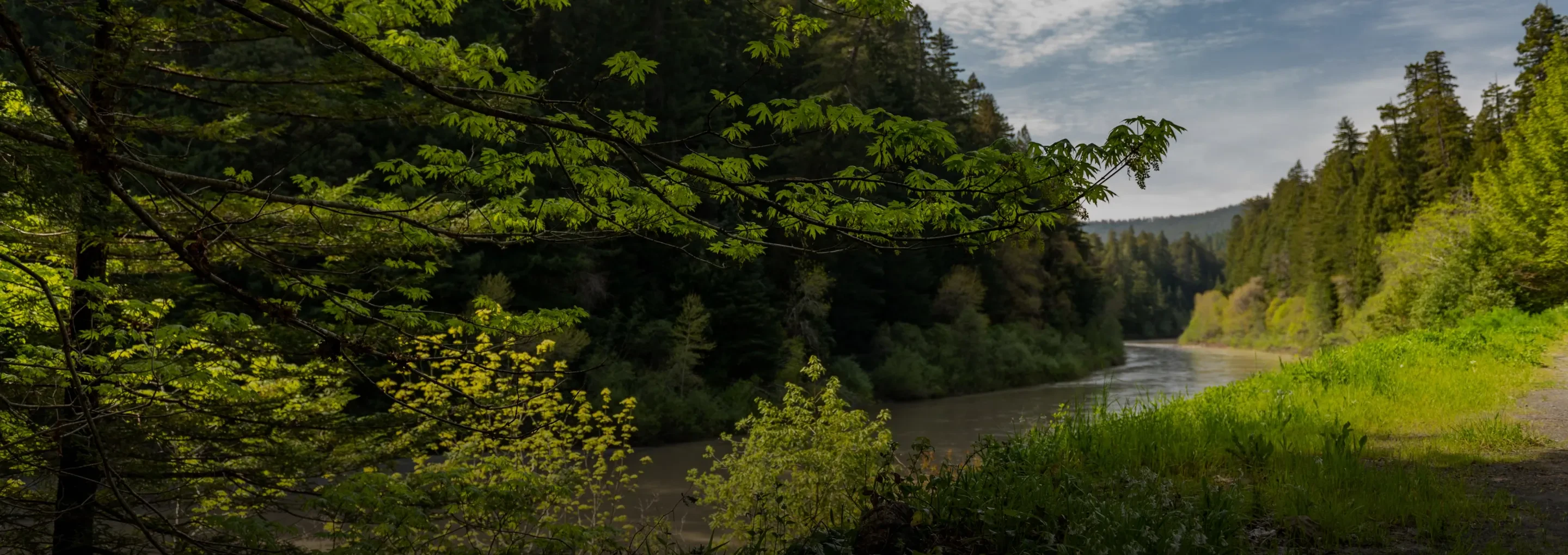
Biodiversity
Importance and Mission
The Group minimizes regulatory risks and secures natural resources as a renewable energy producer with operations closely linked to natural landscapes, wildlife habitats, and natural resource areas. Biodiversity-conscious operations help the Group reduce environmental impacts, preserve long-term resources, and comply with increasingly stringent environmental regulations. Healthy ecosystems also help sequester carbon through natural carbon sinks like forests and wetlands—supporting the Group’s Carbon Neutrality and Net Zero goals. Effective biodiversity management also mitigates environmental and social risks, such as soil degradation, water scarcity, and community conflict.
From a financial perspective, investors and stakeholders value companies with clear sustainability and ESG policies. Biodiversity conservation attracts green finance and builds confidence with business and social sectors. Thus, protecting ecosystems and biodiversity is more than an environmental duty—it is a core factor in sustainable business, natural resource preservation, and improving environmental management performance.
SDGs in the Biodiversity
Goals and Performance Highlights
Goals
Performance Highlights 2024
- Quarterly ecosystem and biodiversity monitoring across all project sites achieved 100%.
- Survey Results of plants and animals in the Project.
This table can be scrolled horizontally
| Animal surveys of the ecosystem | SPN | SS | UPT | Winchai |
|---|---|---|---|---|
| Project area (rai) | 889 | 51 | 257 | 1,931.25 |
| Province of location | Lopburi | Ratchaburi | Nakhon Ratchasima | Mukdahan |
| Number of birds in the project in 2024 (birds) | 335 - 470 | - | - | - |
| Change in number of birds compared to the baseline year 2023 | 21% | - | - | - |
*The Group has recently initiated this effort, starting with bird counts in project areas, as birds have the most significant impact on current operations. The initiative will be expanded to other facilities in the future.
Management Approach
To effectively protect biodiversity and ecosystems, the Group implements an Environmental and Biodiversity Policy to guide environmental actions, biodiversity preservation, sustainable land use, and resource management. The Group follows global standards such as GRI and TNFD using the Mitigation Hierarchy: Avoid, Minimize, Restore, and Offset.
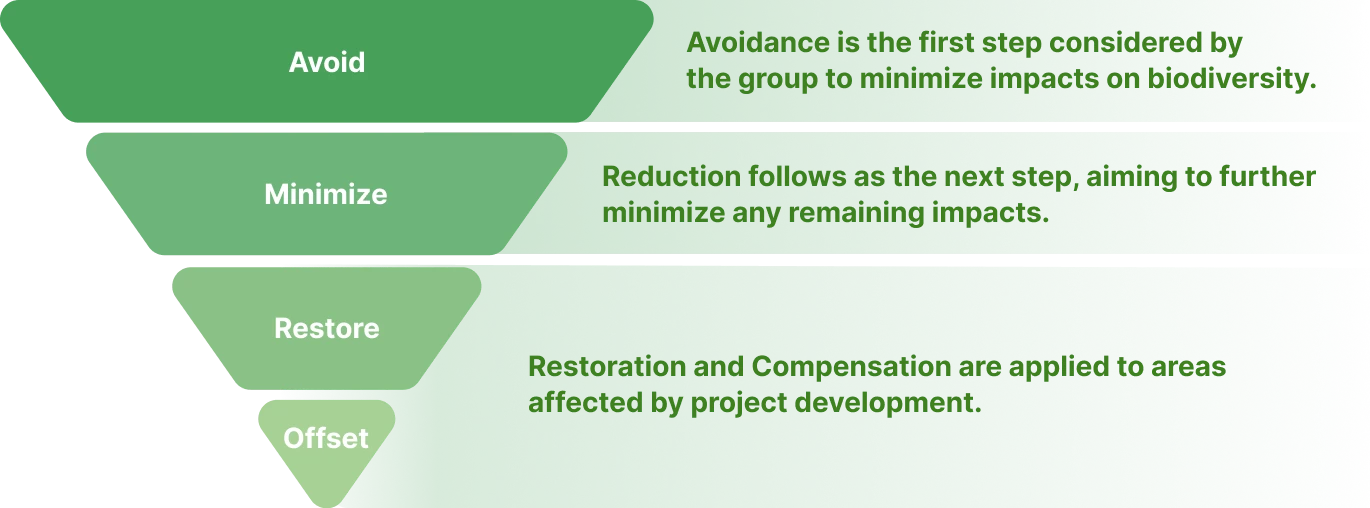
Avoid: Prioritize avoidance of biodiversity impacts. Conduct detailed IEE Reports before starting any project to assess legal conservation areas, wildlife habitats, and water sources. In some cases, the Group refrains from development in high-risk areas, choosing less sensitive locations like abandoned farmland.
Reduction or Minimize use: Design wind turbines to reduce avian impacts, optimize biomass machinery to limit pollution, and construct projects to minimize community disruption.
Restore & Offset: Restore affected areas by reforesting, enhancing water bodies, and increasing ecological corridors with native tree planting and natural buffers. Invest in carbon sequestration projects to offset land use impacts.
Sustainable Land and Habitat Use: Design solar and wind projects to avoid disrupting bird migration paths and deforestation. Apply sustainable forestry and agricultural practices for biomass sourcing aligned with sustainable forest standards. Continuously raise environmental awareness among employees through internal communication and joint activities with nearby communities.


